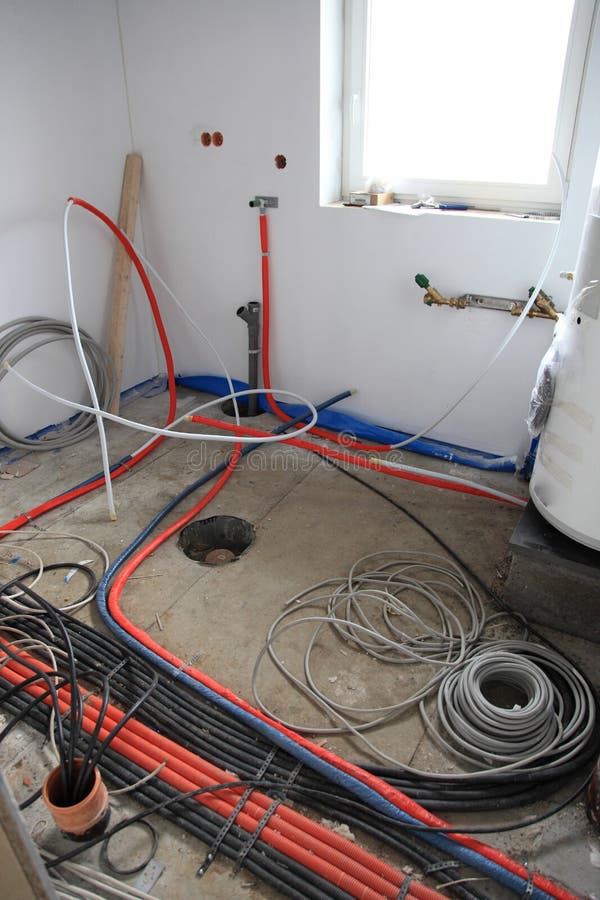Professional BRE Electrical Melbourne Services for Your Electrical Projects
Professional BRE Electrical Melbourne Services for Your Electrical Projects
Blog Article
The Ultimate Guide to Electrical Setup: Tips and Techniques for a Safe and Effective Home Electrical Wiring System
In the realm of home maintenance, couple of elements are as critical yet frequently overlooked as the electrical circuitry system. By exploring the nuances of electric security actions and energy-saving methods, this thorough guide will shed light on the intricacies of home electrical wiring, empowering individuals to take fee of their household's electrical framework.
Recognizing Electrical Security Steps
To guarantee the safety and security of both people and property, understanding and executing proper electrical security steps is extremely important in any type of home electrical wiring project. Electricity is an effective pressure that can be harmful if not handled with care. Among the basic precaution is making sure that all electrical job is executed by certified experts that follow regional structure codes and policies. It is vital to conduct a thorough evaluation of the electrical system prior to starting any kind of wiring project to identify potential threats or issues that require to be resolved.
Moreover, making use of the suitable devices and tools is vital for preserving security during electrical installments. Shielded gloves, voltage testers, and safety glasses are a few of the fundamental safety equipment that must be used to avoid electrical shocks or mishaps. It is additionally vital to de-energize circuits prior to functioning on them and to classify all circuits and breakers clearly to stay clear of confusion.

Vital Devices for Home Electrical Wiring
Guaranteeing the proper application of electrical security measures in home electrical wiring projects entails using a specific set of important devices designed to promote the installment process efficiently and securely. Some of the key devices needed for home circuitry tasks include a voltage tester for inspecting live wires, wire strippers for eliminating insulation from wires, a cable cutter for precisely cutting cables to size, a screwdriver set for securing electric components, electric tape for insulation and safeguarding connections, a cable television ripper for stripping cord sheathing, and a multimeter for gauging voltage, existing, and resistance.
Step-by-Step Electric Setup Overview
Beginning an electric setup project calls for precise planning and adherence to safety guidelines. Before starting any kind of work, guarantee you have an in-depth strategy laying out the layout of the electric system, including the placement of outlets, switches, and fixtures. Think about the power needs of each device to establish the suitable cable scale and circuit breaker sizes.
The initial step in the setup process is to turn off the power supply to the area where you will be working. Make use of a voltage tester to confirm that the circuits are de-energized prior to touching any kind of cords. Next off, carefully remove existing components or electrical outlets and detach the cords.
When setting up new circuitry, run cables with wall surfaces and ceilings, safeguarding them in location with appropriate fittings. Adhere to regional building regulations and maker instructions for correct cord installment and links. BRE Services. Ensure to identify cords for simple identification and future upkeep

Troubleshooting Common Electrical Wiring Issues
Having completed the installation process as described in the previous subtopic, fixing typical circuitry problems is a vital skill for guaranteeing the security and capability of your electric system. One usual issue is a stumbled breaker, commonly brought on by overloaded circuits or a brief circuit. To fix this, locate the breaker panel, identify the tripped breaker by looking for the one not completely in the "on" placement, and reset it by turning it fully to "off" and after that back to "on." One more common issue is a defective outlet, identified by no power or intermittent power supply. Ensure the outlet is not controlled by a button, after that make use of a voltage tester to inspect for power. If there is no power, shut off the circuit, examine the circuitry links for any type of loose or broken cords, and change the outlet if required. Continuously flickering lights can show loosened circuitry links or an overloaded circuit. To resolve this, check and tighten all cord connections in the affected components and switches and redistribute the lots on the circuit to stabilize the electrical demand. Consistently inspecting and without delay dealing with these common wiring problems will preserve the safety and security and effectiveness of your home electrical system.
Tips for Energy-Efficient Electrical Equipments
For optimal power efficiency in have a peek at this site electric systems, executing clever practices next and utilizing energy-saving innovations is critical. One key tip for accomplishing an energy-efficient electric system is to upgrade to LED illumination. Appropriate insulation and sealing of windows, doors, and electrical outlets can additionally stop energy loss, ultimately reducing the work on electrical systems.
Conclusion
Finally, executing appropriate safety and security measures, utilizing essential devices, following a detailed setup guide, repairing typical problems, and incorporating energy-efficient pointers are essential for a secure and reliable home wiring system. By sticking to these techniques, house owners can ensure the durability and capability of their electrical installations. It is vital to focus on security and efficiency when it involves electrical operate in order to stop prospective hazards and to maintain a trustworthy electrical system in the home.
Report this page